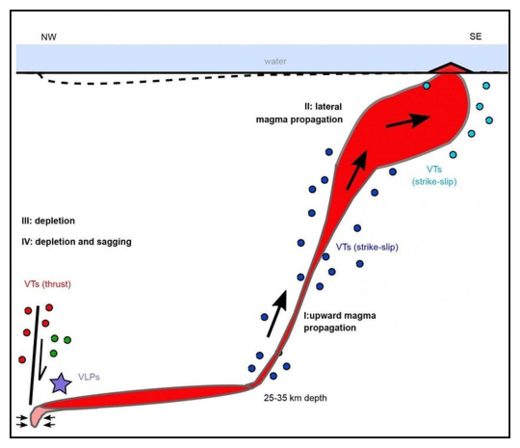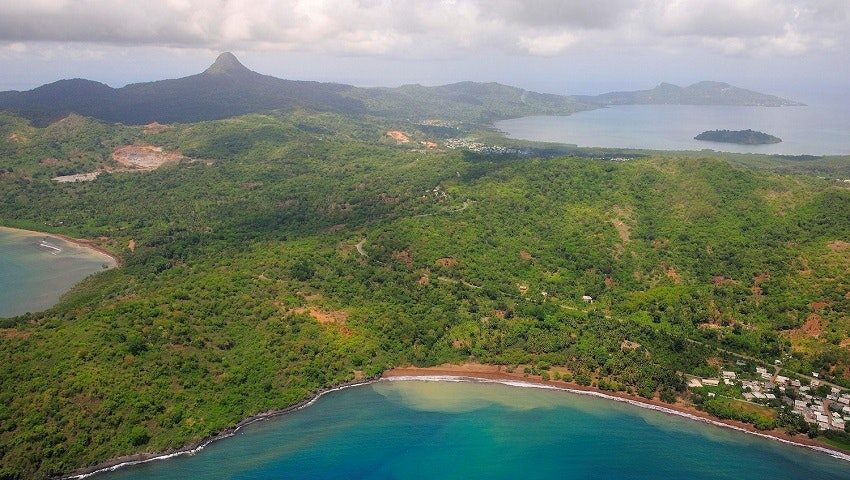An international team led by Simone Cesca from Germany's GeoForschungsZentrum (GFZ) is reconstructing the partial emptying of what it says is one of the deepest and largest active magma reservoirs ever discovered in the upper mantle.
And, the researchers report in the journal Nature Geoscience, it's rather as they expected.
Mayotte's two islands are part of the Comoros archipelago, which lies between Africa and Madagascar.
Unusual seismic activity in the area began with a swarm of thousands of "seemingly tectonic" earthquakes, the researchers say, culminating in an earthquake of magnitude 5.9 in May 2018.
From June, however, a new form of earthquake signal emerged and the 20-to-30-minute signals - known as Very Long Period (VLP) signals - are so strong that they can be recorded up to a thousand kilometres away.

Although there was no evidence of earlier volcanic activity in the epicentre, GFZ scientists say they suspected magmatic processes, as quake swarms in the upper earth crust often arise as a reaction to the rise of magma, and VLPs in earlier years were associated with the collapse of large caldera volcanoes.
Cesca and colleagues analysed seismological and geodetic data from the region, using new analytical methods they developed to compensate for the fact that there was no seismic network on the ocean floor.
They identified different activity phases within the sequence of events from May 2018 to today. The initial swarm phase indicated a rapid upward movement of magma from a deep mantle reservoir more than 30 kilometres below the Earth's surface.
Once an open channel had formed from the Earth's mantle to the seabed, the magma began to flow unhindered and form a new underwater volcano.
In this phase, the apparent tectonic earthquake activity decreased again, while the lowering of the ground on Mayotte began. Likewise, long-lasting VLP signals started.
"We interpret this as a sign of the collapse of the deep magma chamber off the coast of Mayotte," says Eleonora Rivalta, co-author of the new paper.
It is, she adds, the deepest (at around 30 kilometres) and largest (more than 3.4 cubic kilometres) magma reservoir in the upper mantle found to date - and it is beginning to empty abruptly.
Depth also added to the mystery of the event. "Since the seabed lies three kilometres below the water surface, almost nobody noticed the enormous eruption," says GFZ's Torsten Dahm.
"However, there are still possible hazards for the island of Mayotte today, as the Earth's crust above the deep reservoir could continue to collapse, triggering stronger earthquakes."




Reader Comments
Fuck off, Australia is full!